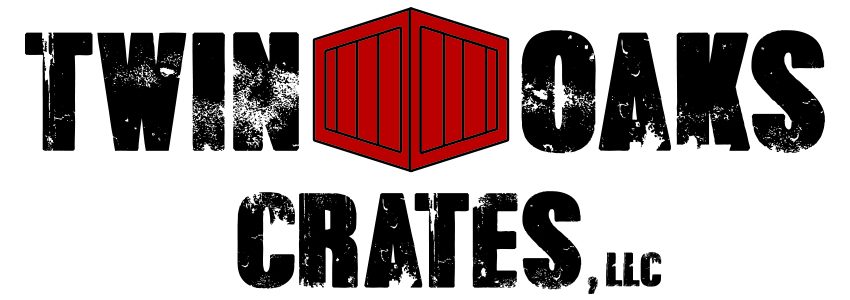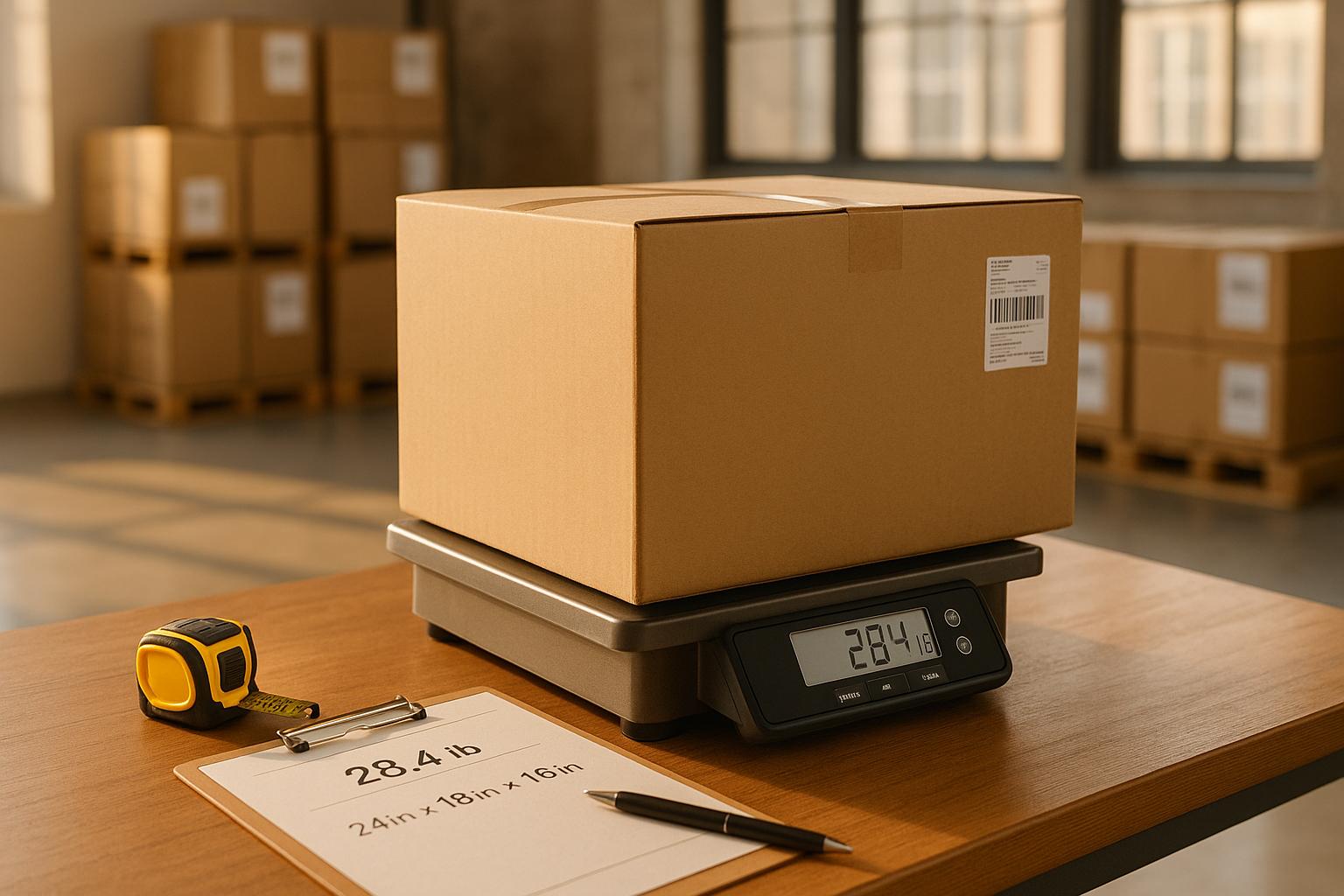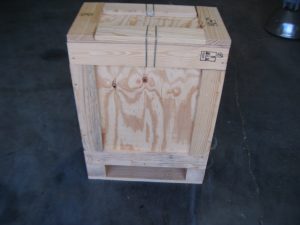Understanding Freight Classification for Smarter Shipping
When it comes to shipping goods, knowing the right freight class can make or break your budget. The National Motor Freight Classification (NMFC) system assigns codes to shipments based on density, handling requirements, and other factors. This isn’t just logistics jargon—it’s the key to avoiding overcharges or delays. Whether you’re sending machinery or furniture, a quick estimate of your shipment’s category helps you plan better and communicate with carriers.
Why Use a Freight Class Tool?
Manually calculating density or digging through NMFC guidelines can feel like a full-time job. That’s where digital solutions come in handy. By simply entering details like weight, dimensions, and packaging type, you can get a ballpark figure for your shipping category in moments. This not only saves time but also empowers small businesses and shippers to make informed decisions without needing a logistics degree.
Beyond the Basics
Keep in mind that while tools offer a great starting point, unique items or special handling might tweak the final code. Always double-check with your carrier for precision. With a little prep, you’ll navigate shipping costs like a pro and keep your operations running smoothly.
FAQs
What is a freight class, and why does it matter?
Freight class is a standardized code under the NMFC system that categorizes shipments based on factors like weight, density, and handling needs. It ranges from 50 to 500, with lower numbers being cheaper to ship. Getting the right class is crucial because it directly impacts your shipping costs—misclassify, and you might overpay or face unexpected fees. Our tool gives you a solid starting point to understand where your shipment might fall.
How accurate is this Freight Class Finder?
This tool provides a reliable estimate based on the data you input, like dimensions and weight, using general NMFC guidelines and density calculations. That said, freight classification can get tricky with unique items or special handling, so the final class might need confirmation from your carrier. Think of this as a helpful guide to get you in the ballpark and avoid surprises.
What if I don’t know all the details about my shipment?
No worries! You’ll need to provide basics like weight and dimensions for the tool to work, but if something’s missing, we’ll prompt you with a friendly message like ‘Please provide item weight.’ For optional fields like stowability, just skip them if you’re unsure—they’ll refine the estimate but aren’t required. If you’re stuck, feel free to reach out to your carrier for specifics on your item.



